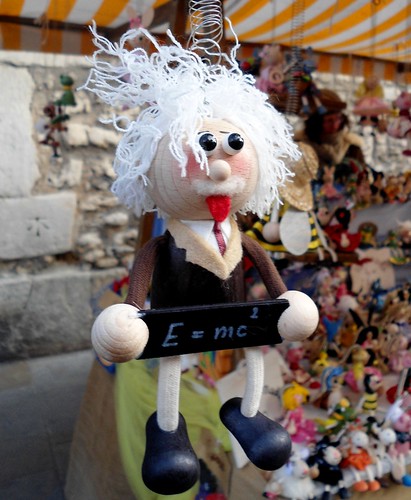Over the last two decades, the world-wide web has rapidly evolved to become the focus of a world-wide super-culture shared by several billion people using it. This culture has developed new standards of communication and civility, virtual communities (some with their own distinctive cultures), and terminology.
Just with a brief discussion of the etymology and usage of 100 of the termini of the internet age, Tom Chatfield has achieved much more than just creating an annotated list of fancy new words. While one could use it as a reference to look up words that have remained unfamiliar or puzzling (though an index would help with this kind of use), a cover-to-cover reading conjures up a cultural history of the internet age. Each of the words and concepts discussed also serves as a mirror reflecting the behaviour of web users and online communities from a different angle.
Along the way there are lovely little factoids waiting to be picked up. My favourites include: Thomas Edison writing about “bugs” in his inventions; the patron saint of the internet (St. Isidore of Seville, apparently); the use of “OMG” in a 1917 letter addressed to Churchill; and the fact that there is a Wikipedia entry on the gender of connectors and fasteners.
In some cases, the the 3-pages standard length of the chapters left me yearning for more, but then again, the book might have easily become unwieldy, and for those who want to investigate further, there’s always the internet …
PS: on a related topic, also see my recent feature on the evolution of online culture.




























